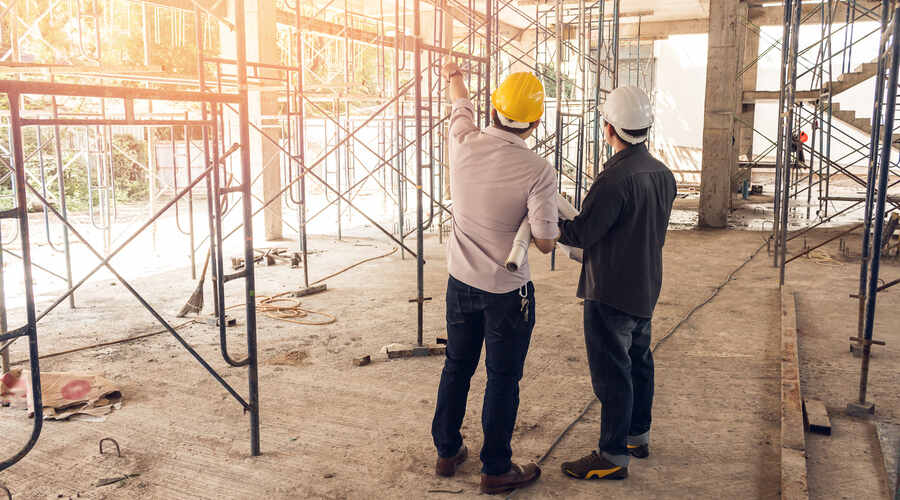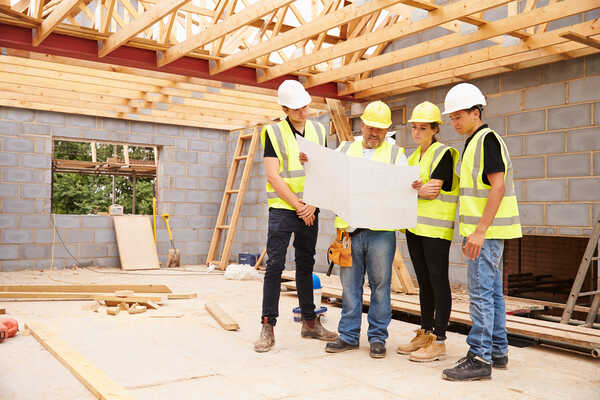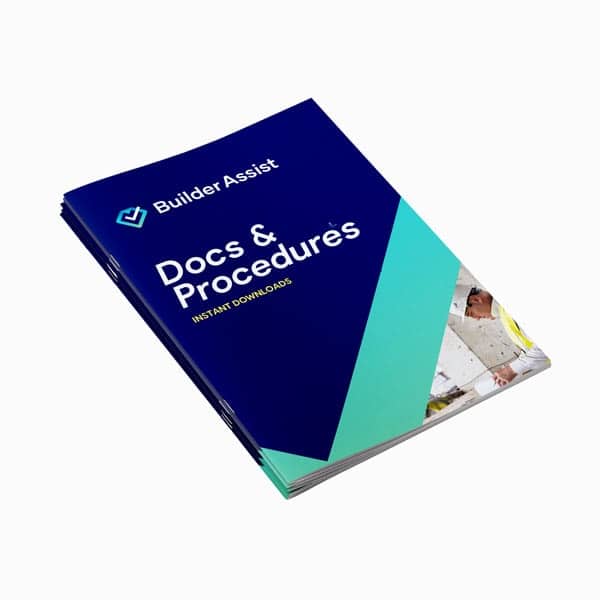
In construction, a principal contractor assumes a pivotal position to ensure the smooth execution of projects.
They actively oversee and coordinate various aspects of construction, with a primary focus on safety.
Let's delve into the responsibilities and obligations of a principal contractor, and shed light on their role in maintaining a secure and efficient worksite.

The principal contractor is the central figure in the construction project. They assume the authority and responsibility for site safety, decision-making and project management.
What is a Principal Contractor?
Before we delve into the safety obligations, let's clarify the role of a principal contractor. In the construction industry, the principal contractor manages and oversees the entire construction project. They serve as the central point of coordination and communication, collaborating with subcontractors, workers, and other stakeholders to ensure the project progresses seamlessly.
They take on significant responsibilities in terms of safety, legal compliance, and project management. The principal contractor is the anchor that ties all elements of a construction project together.
Safety obligations of a Principal Contractor
- Health and Safety Management: The principal contractor is responsible for developing and implementing a robust health and safety management plan for the entire site. This includes identifying potential hazards, establishing safety procedures, and ensuring that adequate safety measures are in place at all times.
- Site Inductions and Training: Before commencing work on the site, they must conduct comprehensive site inductions for all workers and subcontractors. They ensure that everyone is familiar with safety protocols, emergency procedures, and site-specific risks. Additionally, they must ensure that workers receive appropriate training to perform their tasks safely.
- Risk Assessment and Mitigation: Principal contractors must conduct regular risk assessments to identify and address potential safety hazards. Through these assessments, they develop strategies to mitigate risks and enhance overall safety on the construction site.
- Coordinating Subcontractors: In projects involving multiple subcontractors, the principal contractor acts as the central coordinator. They ensure that each subcontractor adheres to safety regulations and collaborates seamlessly to avoid potential conflicts and safety lapses.
- Safety Inspections and Monitoring: Regular safety inspections are a cornerstone of a principal contractor's obligations. They routinely assess the site to ensure compliance with safety standards, promptly addressing any issues or deficiencies that may arise.
- Safety Communication and Reporting: Effective communication is paramount. The principal contractor is responsible for disseminating safety information to all relevant parties, including workers, subcontractors, and site visitors. Additionally, they must report any reportable incidents or accidents promptly to relevant authorities.
- Emergency Preparedness: The principal contractor must develop and communicate a comprehensive emergency response plan. This ensures all workers know the correct procedures in case of emergencies, like fires, evacuations, or medical incidents.
Other Principal Contractor responsibilities
In addition to actively ensuring safety, a principal contractor takes on various other obligations on site:
- Project Management: They oversee the construction project from start to finish, coordinating activities, managing timelines, and ensuring smooth progress.
- Budget Control: monitor and manage project costs, making adjustments as necessary to keep the project on budget.
- Regulatory Compliance: They ensure the construction site and project adhere to all relevant laws, regulations, and building codes.
- Documentation and Records: Principal contractors maintain accurate records of all project-related activities, including contracts, permits, and safety documentation.
Stakeholder management
As the central figure in the construction project, the principal contractor assumes the authority and responsibility for decision-making and project management. However, they also collaborate with various stakeholders, each with specific roles, including:
- Subcontractors: The principal contractor actively engages and manages subcontractors responsible for specialised tasks, such as plumbing, electrical work, or roofing.
- Architects and Engineers: This ensures that the construction aligns with the project plans and meets structural requirements.
- Clients and Owners: The principal contractor actively interacts with clients or project owners. This keeps them informed about project progress, budget updates, and any changes to the original plans.
- Suppliers: They actively liaise with suppliers to procure construction materials, ensuring timely delivery and adherence to quality standards.
In conclusion
As the pivotal figure in construction projects, the principal contractor has a tremendous responsibility to uphold the highest standards of safety, project management and collaboration. By executing their safety obligations and efficiently managing other aspects of the project, they actively ensure the well-being of workers, minimise accidents, and facilitate the smooth progress of construction projects.
For a full list of documentation and procedures for Principal Contractors go to our Builders page.



